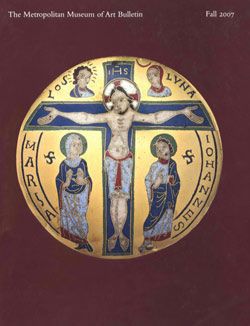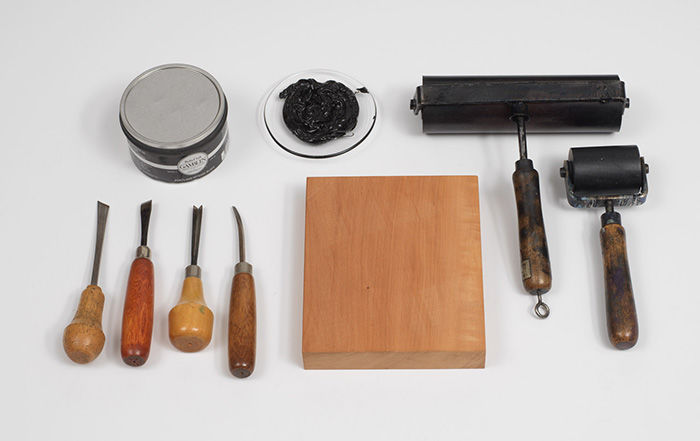Girl with Vase of Flowers (Mädchen mit Blumenvase)
Karl Schmidt-Rottluff German
Not on view
In 1905, Schmidt-Rottluff cofounded Die Brücke (The Bridge), a group seeking to distance themselves from modern urban life and academic tradition in order to develop what they viewed as a more authentic art. Woodcuts were central to the group’s practice as they allowed the artists to create rough, "primitive" works seemingly freed from fine-art conventions. The technique also represented a connection with earlier German figures, ranging from self-taught artists to Albrecht Dürer (1471–1528), for whom printmaking, woodcuts in particular, held great importance. Schmidt-Rottluff produced almost 700 prints, nearly 450 of which are woodcuts. In this example, he engaged with the traditional female nude in an unconventional manner by rendering the figure’s body with angular lines and simplified forms. Her masklike visage reflects the influence of tribal art and the forms and figures he saw at the Dresden Ethnographic Museum, where objects from the Palau Islands and other German colonies were on display.
This image cannot be enlarged, viewed at full screen, or downloaded.
This artwork is meant to be viewed from right to left. Scroll left to view more.






